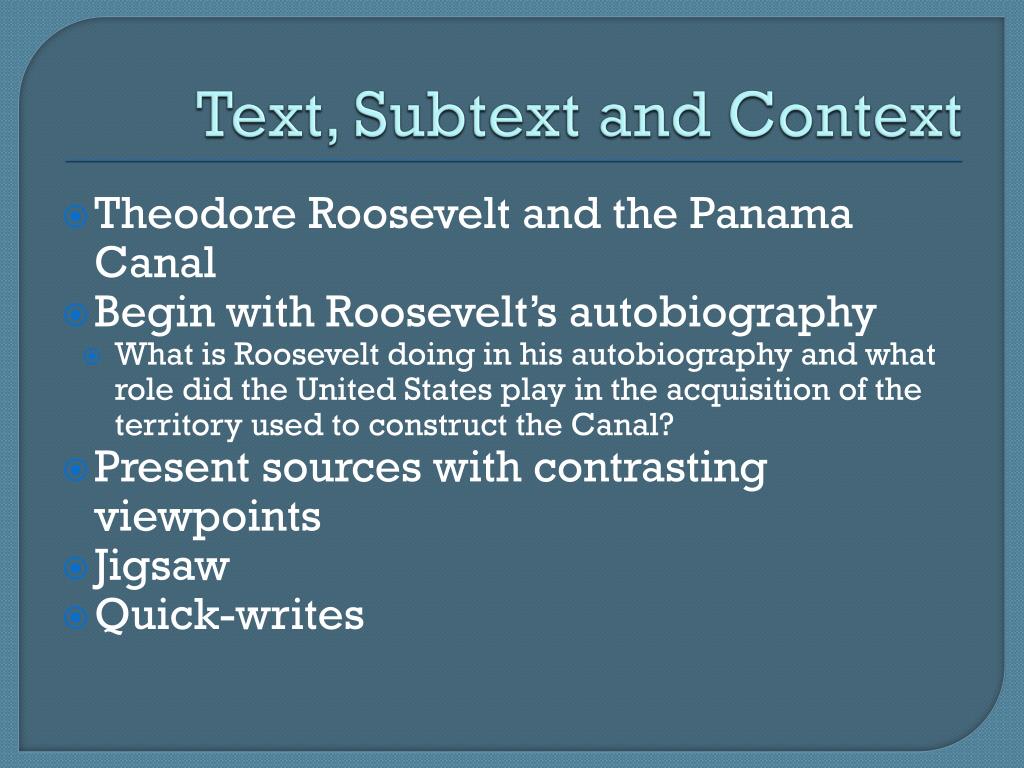

The philosopher's stone symbolizes physical and spiritual transformation, resurrection, and new life. Although the American title may be more alluring to young American readers, a great deal is lost in this unfortunate "translation." The philosopher's stone, a mystical object purported to help the alchemist transform base metals into gold and create an "elixir of life" that would render a person immortal, is more than a magical stone it is a central symbol in the al-chemical tradition that occupied a prominent space in the intellectual and religious life of Eur-ope and Asia in the Middle Ages and Early Modern Era. The title was changed to Harry Potter and the Sorcerer's Stone in the American edition, primarily for marketing purposes. Rowling's Harry Potter series, as signalled by the original British title of the first of the seven novels: Harry Potter and the Philosopher's Stone (Rowling 1997). Alchemy, the mystical chemistry of antiquity and the Middle Ages, features prominently in J. Voldemort's eventual defeat can be interpreted in light of his flawed understanding of the moral and spiritual side of the alchemical work. On a symbolic level, both Harry Potter and his archenemy Voldemort can be read as rival alche-mists, one pursuing alchemy as a spiritual discipline and the other engaged in a purely material quest for physical immortality.
#TEXT CONTEXT SERIES#
Rowling's Harry Potter series contains numerous references to alchemy. The paper will be concluded by the fact that a high level of creativity is required from the subtitler to bridge the considerable linguistic and cultural gap between both countries in relation to the subtitling process of witchcraft and wizardry in Harry Potter and the Sorcerer’s Stone (2001).

‘Magic’, as an extension of Griswold’s category of ‘aliveness’, will be also considered to analyse the quintessential cultural transfer between Britain and China. Jerry Griswold’s (2006, 1-2) findings on children’s literature that key characteristics including “scariness, smallness, flying, aliveness” serve compellingly to the majority of the children will be applied to the categorisation of the representative instances in this case analysis. It will specifically underline how the official Chinese subtitles mediate the cultural specificities which characterise the transnational world of Harry Potter. His paper aims to explore the way in which Harry Potter’s made-upness is subtitled for a contemporary Chinese audience.


 0 kommentar(er)
0 kommentar(er)
